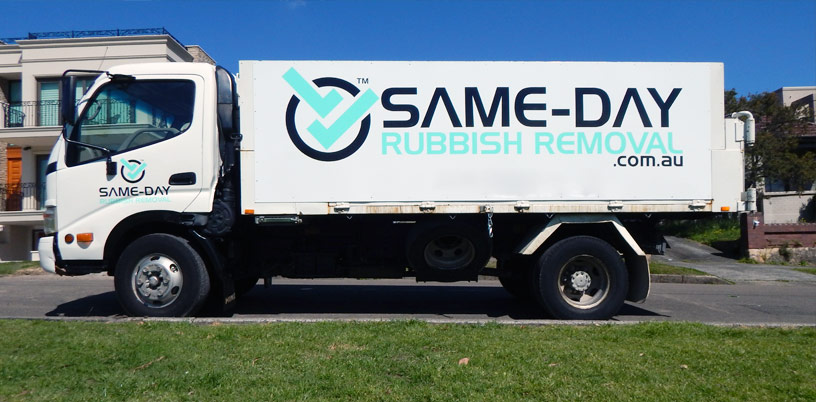The Ultimate Overview To Choosing The Appropriate Dumpster Size For Your Task
The Ultimate Overview To Choosing The Appropriate Dumpster Size For Your Task
Blog Article
Article Written By-Matthiesen York
When embarking on a task that calls for a dumpster, the dimension you pick can significantly affect its effectiveness and cost-effectiveness. Envision having the perfect container that suits all your waste without being excessively huge or too tiny. All of it begins with understanding the nuances of your job and selecting a dumpster size that aligns with your details requirements. So, prior to you choose, take into consideration the aspects at play to ensure a smooth waste management procedure from start to finish.
Variables to Think about
When picking the best dumpster size, there are numerous essential aspects to consider.
Initially, think about the type of waste you'll be throwing away. Different products might need differing quantities of room, so comprehending what you'll be putting in the dumpster is important.
Next, examine the amount of waste you expect to generate. If you take too lightly the quantity, you may need to make numerous journeys to throw away every little thing, which can be bothersome and expensive. On the other hand, renting out a dumpster that's as well large can bring about unneeded expenditures.
In addition, think about the area where the dumpster will certainly be placed. Ensure there suffices space for the dumpster to be delivered and gotten without any obstructions.
Finally, think about any type of weight limitations that may use. Exceeding the weight limitation can lead to added charges or even the refusal of service.
Dumpster Dimension Options
For selecting the right dumpster dimension, it's important to have a mutual understanding of the readily available alternatives. Dumpster sizes usually vary from 10 to 40 cubic backyards, with variations in between.
https://www.prweb.com/releases/arizona_portables_expands_its_services_with_the_acquisition_of_phoenix_roll_offs/prweb18136728.htm -yard dumpster is suitable for tiny jobs like a garage cleanout or a tiny restoration. If you're tackling a medium-sized job such as a cooking area remodel or a cellar cleanout, a 20-yard dumpster could be the ideal option.
For larger projects like a whole-house remodelling or business building, a 30 or 40-yard dumpster could be more suitable to fit the volume of waste created.
When picking roll off dumpster rental prices , consider the amount and type of particles you expect to get rid of. It's far better to select a slightly bigger size if you're unsure to prevent overfilling. Keep in mind, it's even more cost-effective to rent out a dumpster that fits your demands as opposed to having to get an extra one.
Matching Dimension to Project
Ideally matching the dumpster size to your job is critical for effective waste administration. To establish the appropriate size, take into consideration the scope and nature of your project.
For little family cleanouts or restorations, a 10-yard dumpster might be enough. These are commonly 12 feet long and can hold about 4 pickup lots of waste.
For bigger jobs like renovating multiple rooms or cleaning out a big estate, a 20-yard dumpster may be more suitable. These are around 22 feet long and can hold about 8 pickup truck loads.
If you're tackling a major building job or business renovation, a 30-yard dumpster could be the most effective fit. These dumpsters are about 22 feet long and can fit concerning 12 pickup lots of particles.
Matching the dumpster dimension to your job ensures you have sufficient area for all waste products without overpaying for unused capacity.
Final thought
In conclusion, selecting the best dumpster size for your job is critical for effective waste disposal. By taking into consideration elements like the kind and amount of waste, space accessibility, weight restrictions, and budget plan restrictions, you can ensure you have the ideal size dumpster for your demands. Make learn more to match the size of the dumpster to the extent and nature of your job to prevent overspending on unneeded costs.
